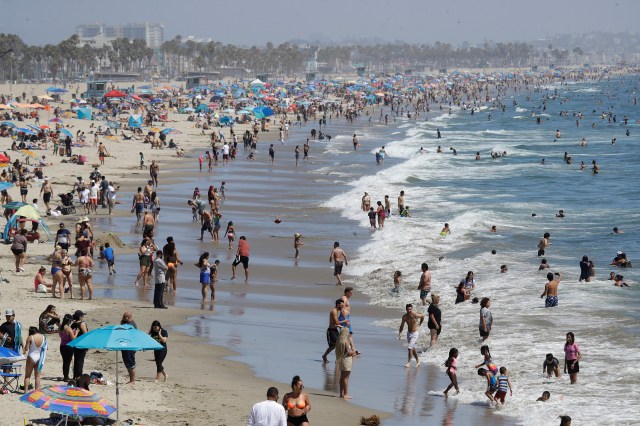Swim at Your Own Risk: Dangerous Bacteria Surge Closes LA County Beaches

Beware, Beach Lovers: LA County Warns of Dangerous Water Conditions
Health officials have issued a critical warning to residents and visitors, advising against swimming, surfing, and water activities at several Los Angeles County beaches due to alarmingly high bacterial levels that surpass state safety standards.
The contamination poses significant health risks, potentially causing serious illnesses such as gastrointestinal infections, skin rashes, and other water-borne diseases. Swimmers and water sports enthusiasts are strongly urged to stay out of the ocean until further notice.
Local authorities are actively monitoring the bacterial concentrations and working to identify the source of contamination. Beach-goers are recommended to check official county health websites or local signage for the most up-to-date information on water safety and beach conditions.
Public safety remains the top priority, and residents are encouraged to prioritize their health by avoiding potentially hazardous water environments until official clearance is given.
